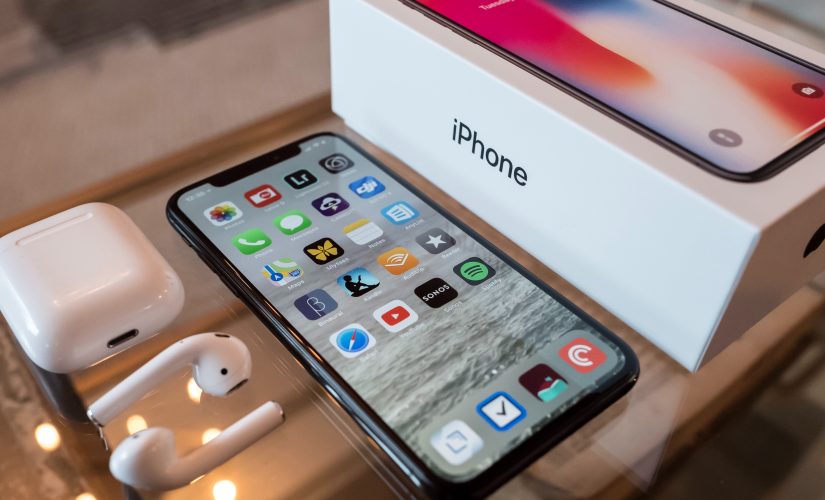Apple has begun plans to produce a quarter of the world’s iPhones in India alongside supplier Foxconn Technology Group, reports the Wall Street Journal.
Insiders told the WSJ the production plans would see the world’s most valuable company invest in India and build more than 50 million devices there annually.
After fears of dependence on China, Apple is one of several multinational tech companies moving more of its production to India. Foxconn – a Taiwanese electronics manufacturer – will open a new plant in Karnataka, in India’s southwest, in April. This one factory alone is anticipated to mass-produce 20 million devices a year, and the majority will be iPhones.
Apple pivots to India and away from China
Apple recently opened several retail stores in India and is also making inroads with a network of Indian-based suppliers to further strengthen its ties in the country.
Foxconn currently operates one facility in the Chennai region. The devices made in this production facility were the first Indian-made models to be sold on the first day of Apple’s global product sales
The proposed Karnataka site is based near the city of Bengaluru and the southernmost major airport in India. Sometimes referred to as ‘India’s Silicon Valley, the city is seen as the current technological hotbed of India and other major global device manufacturers have invested in the area.
US technology firm Advanced Micro Devices (AMD) also opened its largest global design center in the region late last month.
TDK, the Japanese battery producer has recently announced a plant in the Indian state of Haryana.
China is still responsible for over half of Apple’s current device output, but labor and trade tensions have turned Apple’s head to other international locations like India. Apple, and ultimately Foxconn’s investment in the region, is estimated to be around $2.7 billion.
With India and other South Asian investment sites earmarked for further expansion from 2024 this is set to be a major site of Apple investment and global iPhone manufacture for the future.
Featured image:Drew Coffman on Unsplash




